"Levi Strauss and his contemporary" preface | New book selection
Author:China Renmin University Press Time:2022.09.05

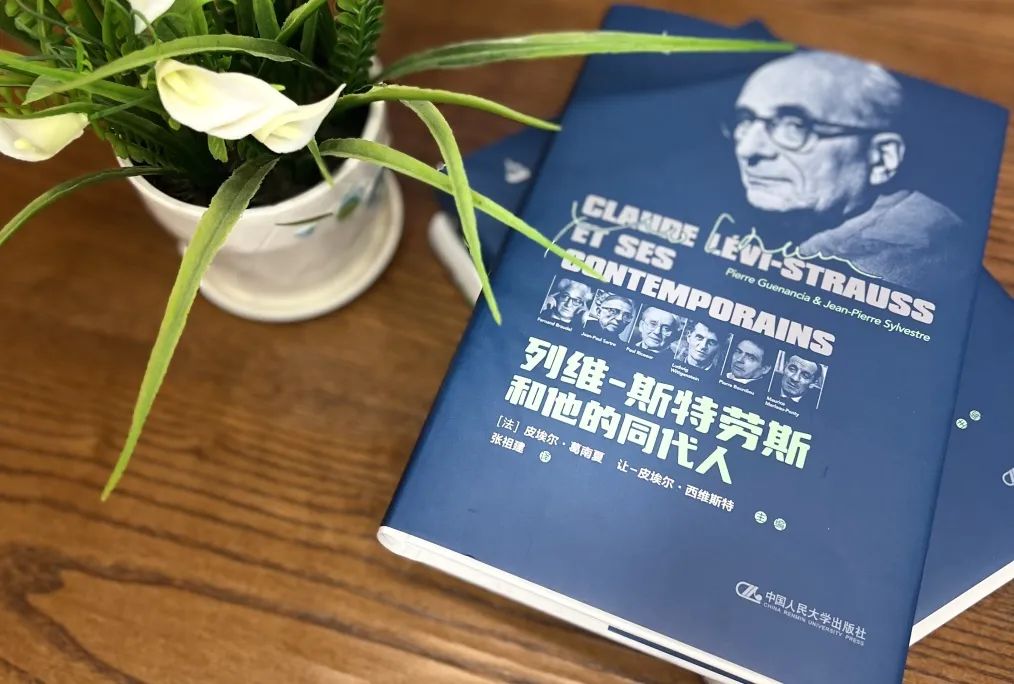
Preface
Pierre Ge Nanxia
Jean-Pierre Svest
The writings of Klord Levy Strauss have been introduced in large quantities. This collection is not prepared to count the main ideological orientation of the father of the structuralist anthropology. The influence of representatives and discussions and disputes caused by it.
For major issues that people pay attention to, such as psychoanalysis, relationships with nature, cultural diversity, and artistic significance, this book also provides an opportunity to discuss the position of Levi Strauss.
Before transferring to anthropology, Levi Strauss has undergone philosophical training. He has not stopped serious judgment on issues and arguments that philosophers care about. His aversion to the college's traditional scholarship.
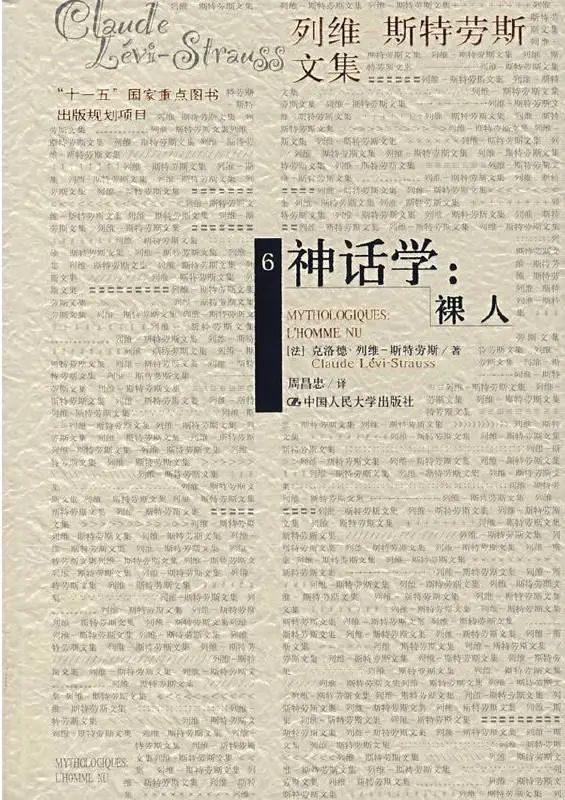
He also hates what he said in "Naked Man" and the opposite of "Philosop’Ant", because they are "not so much to say that they are as good as their heads and pets." However, he did not want to sell consciousness, feelings, and behavior, but to return it to a larger whole and restore its position; this status has nothing to do with "the subjectivity of intentionally, omnipotent", but instead, but instead, but instead, it is Understand the overall basis. Regardless of how diverse or even mixed empirical reality, it is actually an orderly and orderly whole. We can use an ENTENDEMENT FI NI that distinguishes the non -intuition. Levy Strauss referred to as "Contraintes Mentales" at the unity level. It has the characteristics of convergence, so it is manifested by various spiritual activities applied to a certain external experience. Therefore, research in this area is close to Kantism. Le Sensible is not completely opposed to L ’Intelligible, but has been given some forms or cognitive models from the beginning, which can present the regular understanding of regular compliance.
The names of Levi Strauss are often compared with the topic of death of people or subjects, which is unprocessed to be conducive to the structure of the structure; Outside of the logical combination between them, no other issues are not interested. This is probably because many people who are fascinated by the subject sometimes compare the subjects with emotion, imagination and purely incidentality; Levi Strauss believes that everything makes sense, and rational can be explained as much as possible, at least at least, at least This should be the case. The term "structure" mainly refers to the core significance of those most unreasonable and unpredictable phenomena. These phenomena show the characteristics of the relationship between the production activities between people and society. However, if you do not build a model like sociologists and ethnologists to rigorously describe and interpret all the rich and diverse variants of a specific phenomenon, so as to determine some unprecedented variables that may be universal. What is the meaning? The retention of Levi Strauss's theory or criticism is not an inspiring correlation with structuralism, but to explain the power of extravagance and the words that some authors say, as well as the ambition of dominating the dominance of one party. Essence
The doctrine of Levi Strauss also caused some of the same important questions:
What kind of medium becomes conscious?
How to affect consciousness itself?
When analyzing social life and history, how to view the freedom and strategic choice of the perpetrator?
One is the constraints of general laws, and the other is the relatively uncertainty when establishing and using rules in social practice. How can the relationship between the two be interpreted?
In the sense of ontology, human beings are not in groups of life in the world of life. Does this particularity depend on human will and thinking?
Levi Strauss pointed out that wild or mysterious thinking is neither primitive nor logic, nor is it confrontation with analysis rationality (such as Sartre dialectical rationality). This view is very helpful for demonstrating the unity and integrity of human spirit, although there is a problem left: there may be differences in human society when understanding and receiving others. In any case, if, like Levi Strauss, thinks that humans have been thinking about the differences between the selection objects, it is equivalent A setting of the equivalent relationship between form and content, but not the only and hard standard.
The collection of this paper is divided into four parts. The first part involves the relationship between nature, culture, history, and practice.
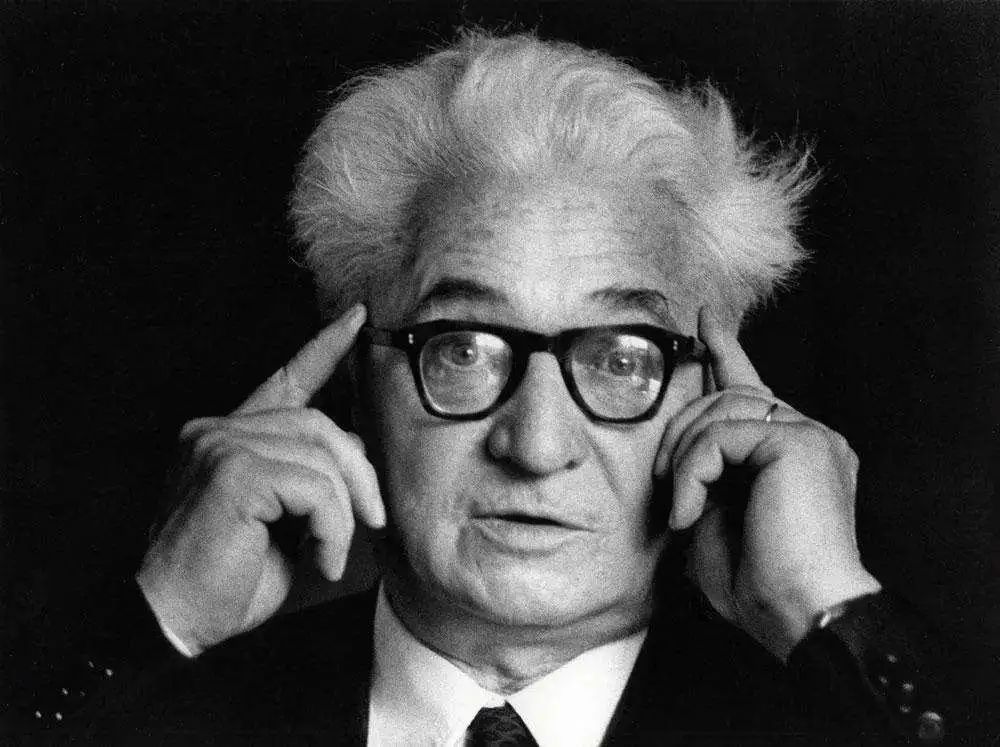
How can Levy Strauss's structuralism and the historical literature of the yearbook school, how can the two compare between the two? Fernan Bro Eardor is one of the most outstanding representatives of this school. According to his views, the individual and group are instead of the actor of the relocation process. Only by using social sciences to understand this process beyond them. Who is the creator of this comprehensive knowledge and its direction, historians and anthropologists have argued.
Francois Douz asked: The anthropology of "Nude" enriched the discourse of historians and its "Histoiretotale" plan from the inside. Trojan Trojan? Judging from the opposition arguments in the famous chapters of "Dialectical Critique" and "Wild Thinking", the core of the battle between Paul Sat and Levi Strauss is still the history of human "free practice" history. Essence Pierre Ge Nanxia's article detailed the topic and focus of this debate. Ge Nanxia believes that the two authors are concerned about grasping human phenomena as a whole. However, Sat's anthropology is based on a subjective, and the anthropology of Levi Strauss is a scientific objective result.
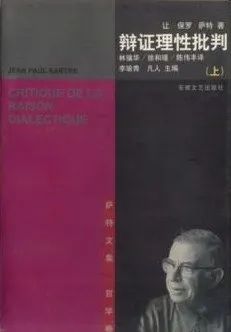
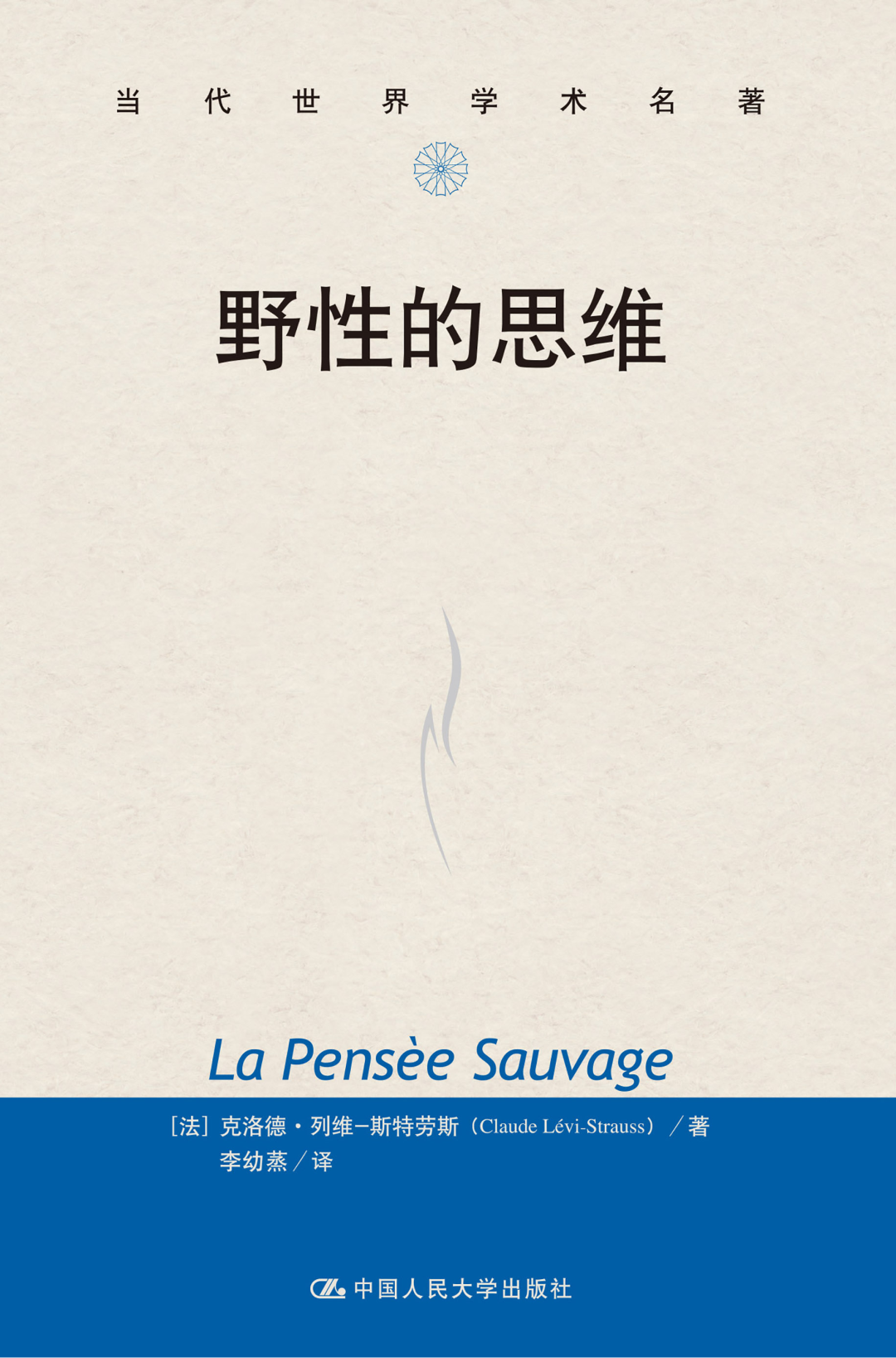
Starting from the articles about "Crazy Bull" panic in Levi Strauss, Ferridic Kake's article rebuilt Levi's interpretation of the phenomenon of similar phase food, that is, a form of form, that is, a form of form, that is, a form of form Special others agree that its original form can be found from the nature itself. As Levy Strauss said, the extension of the phenomenon of similar phase food means that from the perspective of "contradictions", the entire human beings and even the entire life world, in order to establish "self-closed and excessive communication, establishment ' Proper distance '".
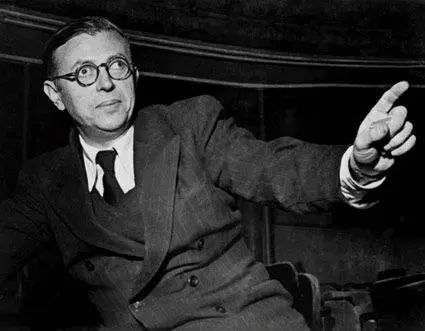
Michelle Panov reviewed the demands of cultural relativism, and some critics followed behind Roche Galova, thinking that Levi Strauss in "Race and History" and "Race and Culture "Injustice to negate Western civilization deliberately. Levi Strauss has condemned Europeans' racism colonial behavior, and whether it is necessary to summarize the conclusion, and believes that he has made "unique in scientific progress, general human rights, and" human rights "related to it. What about the irreplaceable contribution "?
Each article in the second part involves structuralism and interpretation of the concept of "symbolic products of society", as well as how to pay attention to the impact of both subjective motivations, and to use spiritual unconscious structures to explain the decisive role of subjective motivation.
Jean-Philip Bihong pointed out that Paul Lico's interpretation of academic studies focuses on the historical paradigm and emphasizes the actual responsibility of the subject. Outside the door. The comprehensive interpretation aims to establish a "individual philosophical interpretation" as the goal. In the process, to identify and interpret all kinds of control from consciousness and individuals, and the different mechanisms that affect their beliefs, ideas and behaviors are only a necessary one. Moments or stages. The prospects of this interpretation are not narcissistic satisfaction, but to make human beings have sufficient reasons to be desired and expected.
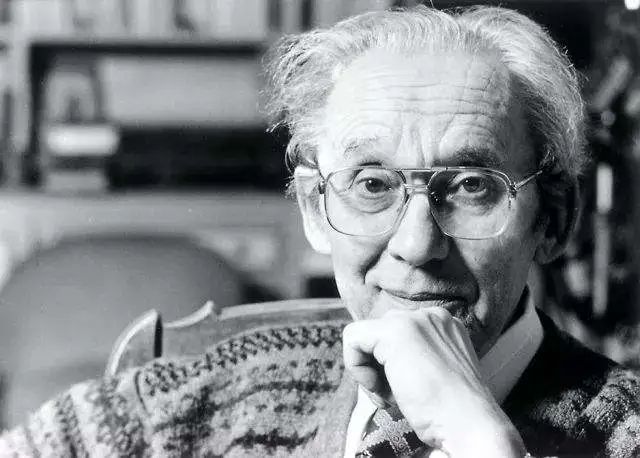
Jean-Jacques Uunnberg made a detailed explanation of the myth research methods explained by Kilbai Durland's "Imaginaire), which pointed out how Du Lang cares about how to pass the relevant symbolicness. Explain the harmony of rationality and image. This interpretation is both science and a new wisdom. It believes that there is a balance between biology, soul, and society. Du Lang and Levi Strauss are opposite. He believes that he cannot compare myths into a algebraic structural combination, nor can he deny "the hypertrophic of symbolic objects" because of mythology. In other words, the symbol is greater than the symbol, which gives the latter's meaning and depth in the sense of ontology, and it is difficult to grasp it by the wisdom and formalized explanations alone.
Andre Green first reminded readers that Levi Strauss acknowledged that he had benefited a lot from Sigmond Freud. Like Karl Marx, Freud taught him to guard, and consciousness often creates illusions or "deceive yourself". Subsequently, Green emphasized all the divisions of the unconsciousness of psychoanalysis and the unbelief of structuralism. Although Jacques Raca tried to reconcile the two, he actually had to "sneak into the subject." In contrast to the unconsciousness of Levi Strauss, Freud's unconsciousness is "an internal consciousness, it obeys the internal cause and effect", and it is inseparable from "a spiritual system that refuses to consciousness". More comprehensively, it should be noted that in order to solve the unconscious operation, Levi Strauss sent hoping to in-depth knowledge about the "brain tissue", but he looks like a variety of research roads and academics Understand lack of understanding. On the contrary, Freud and psychoanalysis are usually most interested in "psychological life and all its performance, including the most contraindicated and most traumatic way."
The third part of this book involves how Levi Strauss treats and interprets the exchange relationships and alliances in social organizations, as well as discussions caused by its interpretation model.
Marcel Enav explained why the inseparable exchange relationship with Altérité became the central issue in the research of Levy Strauss's relative relationship. From 1950-1960, Levi Strauss once wanted to use the communication model that could use the communication of property and information to explain the marriage relationship with some kind of communication structure. "Mythology" avoided the temptation of this simplified provincial, but instead according to the direction of several analysis of Marcel Maus, Charles Pils and Lutwig Wittgenstein, reiterated some of the requirements of the exchange relationship. Mandatory characteristics.
Philip Decola believes that the concept of transformation is the cornerstone of the structural analysis of Levy Strauss, but it is not simple. In "The Basic Structure of Freedom Relationships", the conversion is "developed different forms from a original plan. This original plan was established by comparing the same group of experience objects." Waiting for "Mythology", the conversion is "distortion that occurs in the existing form of changes in the coordinate space." In the book "Beyond Nature and Culture", Darcara uses the first meaning of transformation when discussing "structuralism". Start organize the differences and non -continuity of the forms between humans and non -humans. " However, he did not grasp the conversion in accordance with the logical conditions of the increasingly complicated development process, as "Basic Structure of Relationships", instead engaged in modeling activities on the "type theory" of the four combination relationships caused by the initial relationship. Essence
Jean -Pierre Savid's article specifically discussed Pierre Burdiel's criticism of Levy Strauss. He first introduced these criticisms. Relying on the analysis of the marriage of the Arab-Berbir people, Burdiele criticized Levy Strauss to confuse the theoretical rules of relatives-reflected in the unconscious principle of exchange relationships-and its actual use; this kind of use; this The pursuit of a marriage strategy is both economical and social and symbolic asset appreciation and profit. After the issue began, Burdiecia clarified how his sociological theory is based on a philosophical anthropology. It assumes that there are some invariability of "economics in practice". However, this dominance mechanism is not the exchange of Levi Strauss. On the one hand, it is a mechanism of power relationship, and on the other hand, it is a mechanism that strives to maximize utilitarianity. According to this, the actor's behavior "motivation" and its final countermeasures are positioned in a kind of social unconsciousness; compared with the spiritual structure revealed by the author of "Wild Thinking", this social unconscious After all, the strategy is attributed to the "necessary choice."
By referenced to Hindu research in Louis Dumon, Robert Deligan explained the importance of Levi Strauss to the way and behavior of anthropologists in the surname system. Du Meng is undoubtedly more important than Lievi Strauss, but he is also interested in the knowledge of books and the establishment of a grand theoretical model, which is the same as Levi Strauss. It is regrettable that their respective structural paradigms are not always in line with historical reality, especially in the pressure of modern economic relations and national policies, traditional social organizations have made. We have no reservations about the magnificent view of these two anthropologists, but this has no damage to their basic intuition and inspiration.
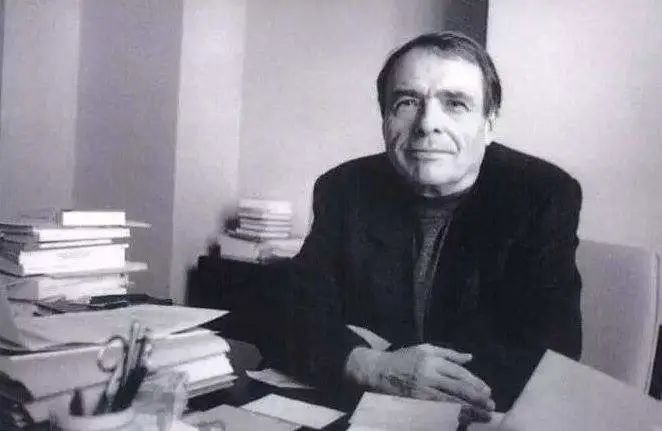
The last article of this part was written by Kass Hart and Sophie Schwari. It is an assessment of how to influence British social anthropology in British social anthropology. The two first reviewed several important historical nodes of British social anthropology, and then emphasized the impact of the "Basic Structure of Relationships" on the method of studying the marriage system on the opposite side of the British Strait, especially for Rodneni Nid Ham's influence. In the 1970s, French "Marxism's structuralism" was highly respected in the UK. However, "cultural steering" in British anthropology eventually became a "branch of American symbolic anthropology." As far as this new direction is concerned, Levy Strauss's thoughts play the main role, although Jack Goody has made historical and materialist criticisms. This new direction caused British researchers to alienate the orthodox functionalist school affected by Bronislav Marinovsky.
The fourth part of this book is the last part of the sensory experience that is based on the concept, and discusses the relationship between sensibility and intellectuality from its meaning.
At this point, Levy Strauss and Morris Mero Pontel also had their thinking although they had different working methods. Levi Strauss said that perceptual experience "is already a feature of spiritual unconscious activities", so we can understand that in terms of discovering the connection between feelings, cognition, imagination, and rationality, why art exploration It is a unique way.
Ive Terrier explained that the phenomenon of Akovi Strauss's anthropology and Mero Ponty "contains the same problem: before giving the significance in the actual situation in nature and history, we also There is no significance for themselves, so how does significance come? It seems that the two have a principled answer: the structure reflects the characteristics of the things we recognize, and the significance is the phenomenon of structure. " However, they have different answers to the question of "how emotional experience produces meaning". In terms of our relationship with the world's pre -thought (Préréfl EXIF), Mero Pontereti does not deny the function of scientific exploration, but insists that it has its originality and appropriateness to deal with the "perception experience" by phenomenology. Indeed, SENTI does not only produce physiological and physique mental operations. It consists of a "emergence method". The vision of things in the field of vision, and the possible relationship between these things with other signs. " Before any intellectual activity, no matter what perceptual reality can be perceived by other body, the latter is also the subject of perceptual perception of other different emotional reality. Essence Jacques Bravarier pointed out that the dialogue between Levy Strauss and Andre Brendon also involved the relationship between emotional and intellectual. One is an uncompromising university, and the other is the father of surrealism. They have established private relationships and spiritual friendship during the hard Second World War and Liu Di -but not unsatisfactory and misunderstandings. The bond of friendship is stronger because of research objects and interest in "style". Of course, the style refers to the work, but it also includes the style and the style of the universe. Letter about "Aesthetic Aesthetic and Absolutely Original Relationships" has opened a question of mysteries of art creation. Art creation is both a source of pleasure and awareness.
Both writers believe that under certain conditions, the spontaneous and irrational thinking of some individuals will "generate self -awareness". This "irrational consciousness" has promoted "processing of original materials" in a sense, and objects or materials will become artistic works.
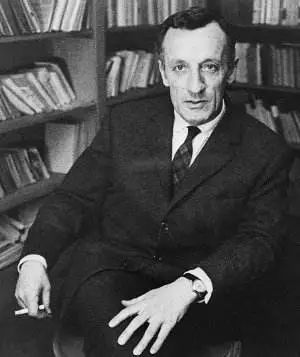
The part of this book is made by Roland Kilio's article. He analyzed Levi's severe criticism of some modern art trends and summarized the comments of the author of the Mythology. Kirio introduced the artistic concept based on Levy Strauss, and then questioned it. The arguments explained by Levi Strauss are interesting and brilliant. However, in the final analysis, these are not the reflection of personal tastes and choices, as well as the aesthetic theory inspired by structuralist anthropology? In any case, the grasp of classicalist style and aesthetic, strong rhetoric style, vivid and intellectual imagination are enough to prove that Levi Strauss is not only a college student, but also a veritable artist.
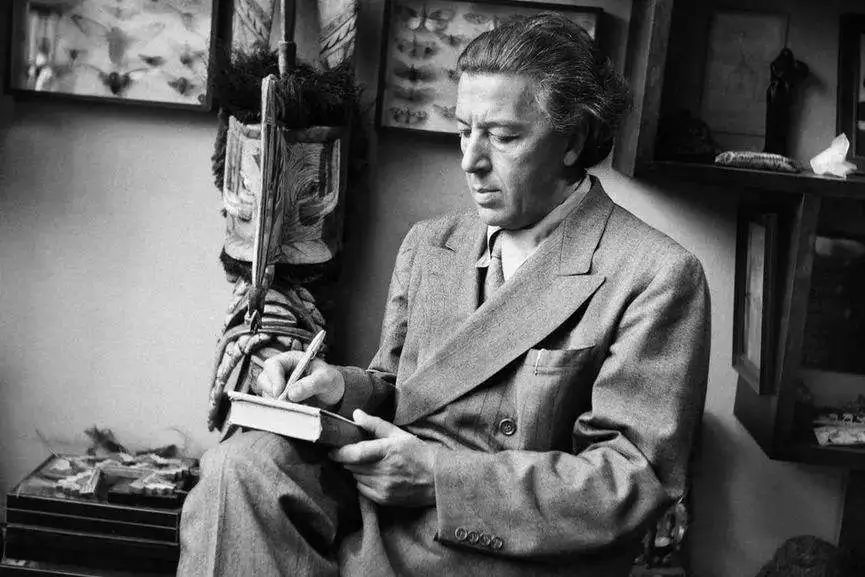


- END -
Wei Li: Teachers and students traveling the most beautiful classroom on the road

At the beginning of the holidays, in order to enrich the summer vacation of studen...
Lile and Music Shandong | Tai'an: "Seeing non -legacy and seeing Ningyang" -Wu Tao Copystrains: Drawing Tao as the media to draw Ningyang City Jingbai State
